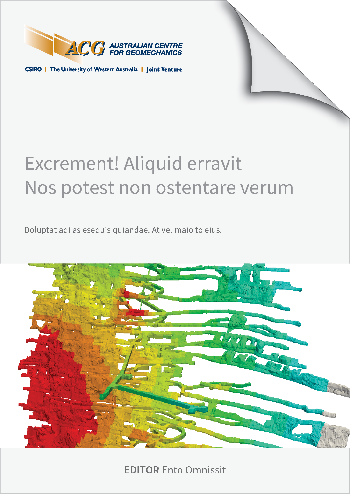The challenges of transitioning to bulk underground mining

|
Authors: Moss, A; Jones, C; Board, M |
DOI https://doi.org/10.36487/ACG_repo/2435_F-02
Cite As:
Moss, A, Jones, C & Board, M 2024, 'The challenges of transitioning to bulk underground mining', in Daniel Johansson & Håkan Schunnesson (eds), MassMin 2024: Proceedings of the International Conference & Exhibition on Mass Mining, Luleå University of Technology, Luleå, pp. 830-846, https://doi.org/10.36487/ACG_repo/2435_F-02
Abstract:
A transition is underway in the copper business from open pit mining to bulk underground mining, principally caving, to extract resources too deep for surface mining. As a result, the challenges associated with deeper mining must be met, and the highly capital-intensive lengthy pre-production development period and subsequent “ramp up” to planned production levels must be carefully considered. Delays often occur due to a combination of ground conditions and construction complexity, increasing the time to reach planned production levels. This has financial implications due to the time value of capital or the reduction of cash flow at an established “brownfield” site. Insufficient attention is often given to the impacts of delays when considering a transition. Frequently, the reluctance to commit to Capex and start development sufficiently early is at the board level, often abetted by project teams, anxious to obtain funding approval, applying ambitious rates, and failing to communicate risk. Experience from cave development projects demonstrates that it is critical to appreciate the tyranny of schedule, especially at brownfield sites driven by high fixed costs. Most transition projects do not allow enough buffer time to account for the uncertainties associated with underground development and the subsequent production ramp-up. The challenges of transitioning underground are outlined, focusing on the time required for critical path development to ore, the construction of the ore-handling facilities, a reliable footprint, the production ramp-up, and then achieving targeted production rates, particularly during the “payback period”.
© Copyright 2025, Australian Centre for Geomechanics (ACG), The University of Western Australia. All rights reserved.
View copyright/legal information
Please direct any queries or error reports to repository-acg@uwa.edu.au
View copyright/legal information
Please direct any queries or error reports to repository-acg@uwa.edu.au